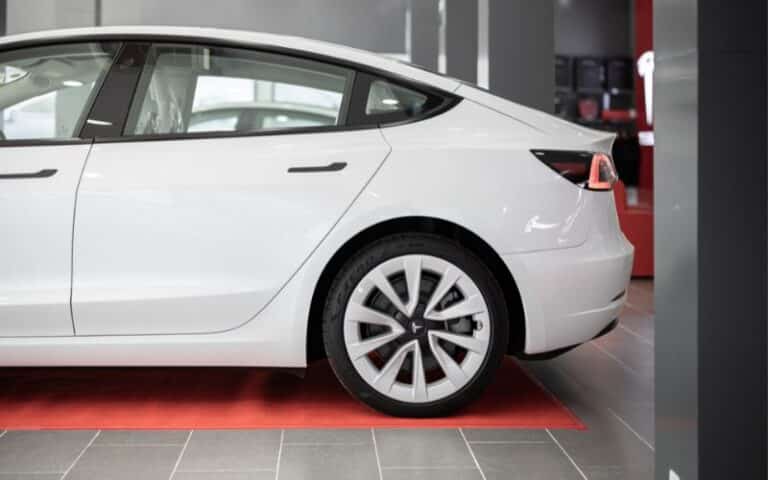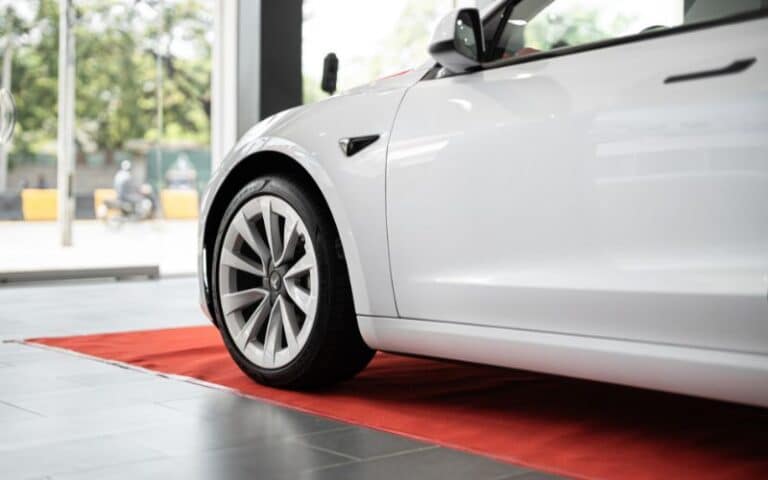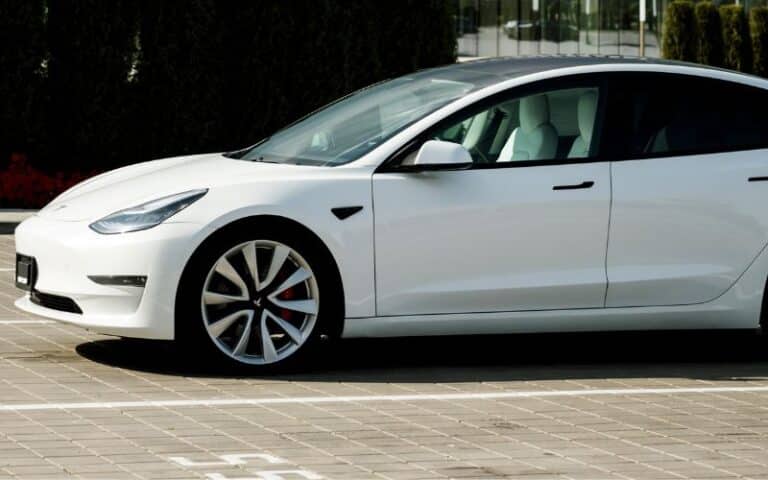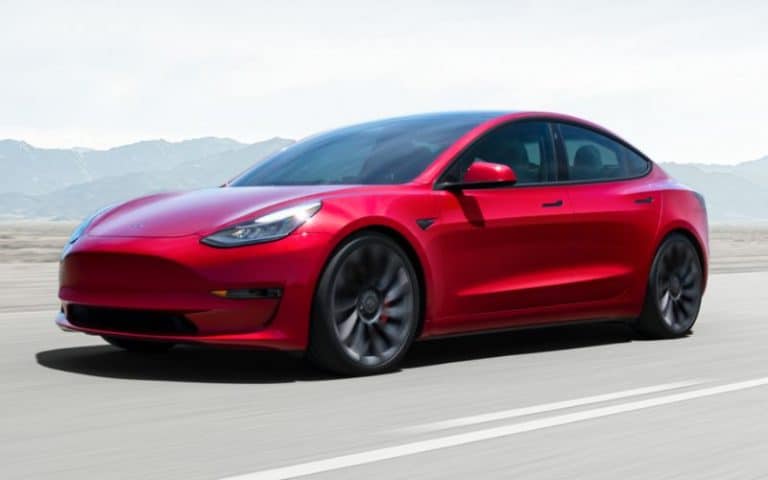Tesla Coasting Vs. Regenerative (In-Depth Comparison)
The general question among Tesla users is which is better, Coasting or Regenerative.
A fair amount of speculation suggests that coasting is better than regenerative braking.
Some even say regenerative braking damages your electric vehicle.
This article has been tailored to determine the efficiency and winner between coasting and regenerative in a Tesla vehicle.
There isn’t any winner between coasting and Regenerative braking. Both are important features Tesla drivers can use. Drivers coast when they don’t accelerate over some distance. The car reduces in speed, but it takes some time. Regenerative braking, on the other hand, brings the car to a stop rapidly. While reducing the speed, it also charges the Tesla battery.
Tesla Coasting Vs. Regenerative; Which Is Better?
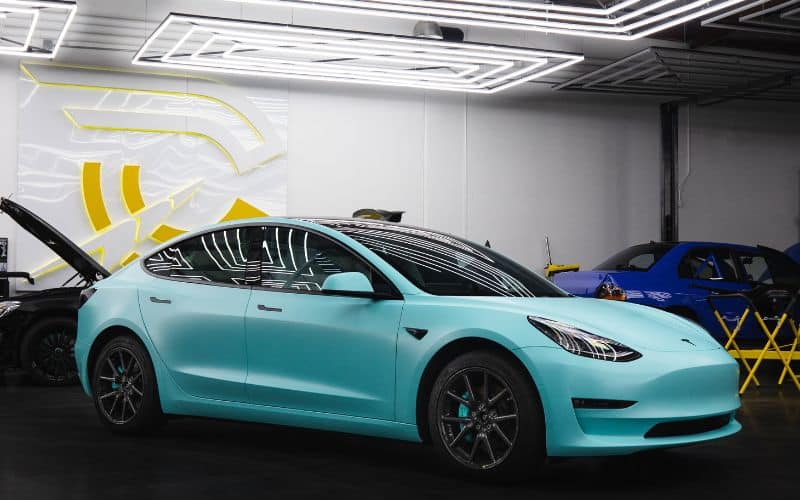
There are two answers to that question. First, the option of coasting or using regen depends on the driver.
And secondly, it also depends on the situation. You can’t always coast in every situation; hence, you must use regenerative braking.
You also cannot use regen in certain situations. It will reduce the vehicle’s speed and bring it to a stop; if you configure it to do that.
Tesla and other models of electric vehicles often have regenerative braking fused in with the system.
Both have benefits and times that one edges over the other; you can’t pick one over the other.
#1. What Is Coasting?
Coasting is when you either put the car in neutral after reaching a certain speed and the car rolls along.
The speed does get reduced due to drag and other gravitational forces, but it takes a longer time for the car to come to a stop.
You can use this feature on highways or when you feel you’ve accelerated enough and lift your foot off the pedal.
There are two ways you can use the coasting feature while driving a Tesla. To do this, you need to shift the Tesla into neutral while in motion.
Alternatively, the car will engage the regenerative brakes, bringing your car to a halt much faster.
The other way you can coast is by watching your speed monitor. You are accelerating if the line under the speed indicator is black or going toward the right.
On the other hand, if it is green or going toward the left, you are regenerating. So you want to balance the pedal in the middle to maintain a certain speed.
Let’s say you are going at 35mph and want to coast; balance your pedal so that you are neither decelerating nor accelerating.
If you balance the speed, you will notice that the line shows neither black nor green.
However, balancing this can be a little difficult. Thus, I recommend you use the first method.
#2. What Is Regenerative Braking?
Regenerative braking is very different from coasting. Coasting allows you to go longer distances while regen drastically reduces your speed.
Regenerative braking is useful for Tesla users because it helps preserve your battery.
The regenerative motors kick in immediately after removing the gas, provided you aren’t neutral.
This feature is helpful because it helps reduce wear and tear on your brake pads.
You don’t have to apply brakes in every instance to reduce the speed of your Tesla.
Regenerative braking takes the kinetic energy you will normally use to bring the car to a stop and converts it into electricity and heat.
The heat is negligible and useless, but the car parts can’t avoid creating the heat.
However, the heat isn’t dangerous, so you don’t have to worry about anything.
Activating regenerative braking isn’t as complicated as coasting. Once you let your foot off the gas, it kicks in immediately.
You can watch the line gauge under the speed on the LED monitor to know when you’re regenerating electricity.
The line turns green and heads towards the left. Like I said earlier, regenerative braking charges your Tesla battery pack.
However, the amount of electricity generated might not change your battery percentage in most cases.
But it increases your range and helps you conserve more energy than continuously accelerating.
You might still have a few questions about the benefits of either of these features; below is a table that summarizes the best perks of each feature.
| Coasting | Regenerative |
|---|---|
| It allows you to travel long distances without using power. | Allows you better mileage on each charge. |
| It helps you relieve stress on your foot. | It slows your car down without wearing the brakes. |
| Allows you to stay within a speed limit. | Converts kinetic energy wasted while using brakes. |
| Reduces speed over long distances. | Reduces speed over short distances. |
How Can I Adjust Regenerative Braking In My Tesla?
Accessing your regenerative braking system in any Tesla model is easy. Below are a few steps to help you quickly get to the regenerative braking system.
Follow each step accordingly, and you will get to the regen settings in no time. For this explanation, I will reference the Tesla Model 3.
- Press the menu button. On Model 3, the menu is represented by a car.
- Select Pedals and Steering. A submenu will appear on the right showing acceleration and its options, steering mode and its options, as well as stopping mode.
- Some models have regenerative braking and stopping modes under them.
Note: The number of modes available on regenerative mode depends on the model of Tesla you are using.
Some models have three regenerative modes, while others have two.
- Select any regenerative mode you prefer.
- Choose the stopping mode you want and exit the menu.
Note: Each stopping mode has its perks. Creep mode allows the car to move when you release the pedals.
This mode is similar to how automatic cars creep forward or backward, depending on whether the car is on drive or reverse.
Roll mode is a little similar but different. If you select Roll, the car will either move forward or backward relative to the slope of the plane.
It will move like the car is set to neutral. If you select Hold mode, the car will come to a complete stop each time you let go of the gas.
To move the car, you will have to accelerate. Each of these modes has its advantages, so it is left for you to figure out which mode you prefer.
Will Your Tesla Stop If You Take Your Foot Off the Gas?
Yes and no. A Tesla stopping if you take your foot off the gas depends on the regenerative mode the car is in.
Only one stopping mode brings the car to a complete halt, which is the Hold mode. Every other mode keeps your car moving but at a much slower speed.
Taking off the foot of the gas while the car is in this mode rapidly decelerates the car. Most Tesla users use the Hold mode to bring the car to a stop.
It is almost the same as using your brakes, only that it charges your battery in the process.
And having this mode also helps you prolong the life of your brake pads.
If you have this mode on, you only have to apply brakes when making an unexpected stop.
For instance, someone cuts in front of you; in that case, you will have to apply the brakes to stop the car quickly.
How Do You Turn Off Regenerative Braking In a Tesla?
Regenerative braking is a follow-come feature that doesn’t have an on or off button. Hence, you can only regulate it in the regen settings.
You can either set the regen braking to Low or Standard. Low means you can’t feel it, but it will still be functional, while the Standard is more powerful and brings the car to a stop faster.
Below are a few steps to help get to where you can change the settings if you wish to:
- Open the menu on your LED screen.
- Select “Driving.”
- Under regenerative braking, select either “Low” or “Standard.”
Conclusion
Coasting helps users maintain speed over long distances while regen reduces the speed of a vehicle drastically.
Most Tesla users argue that coasting is better than regen, while some argue that regen is safer.
There’s no danger in using either one of these features. Expert drivers find a way to balance each feature as each has its benefits.

